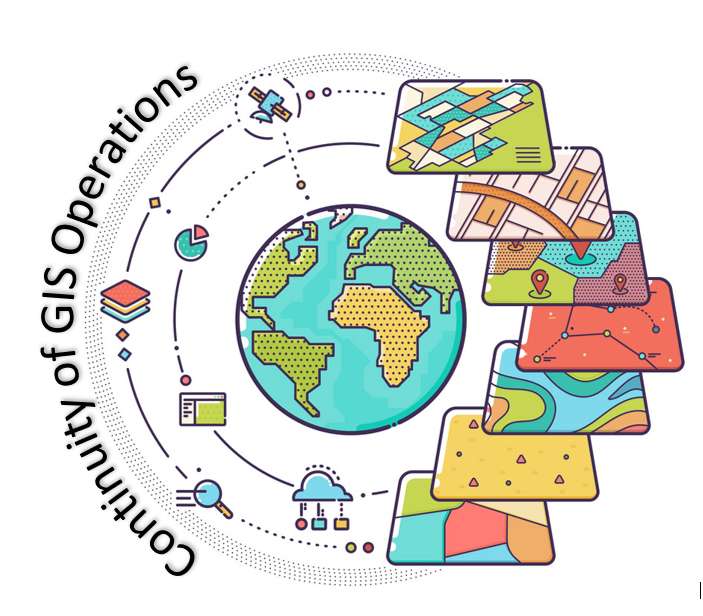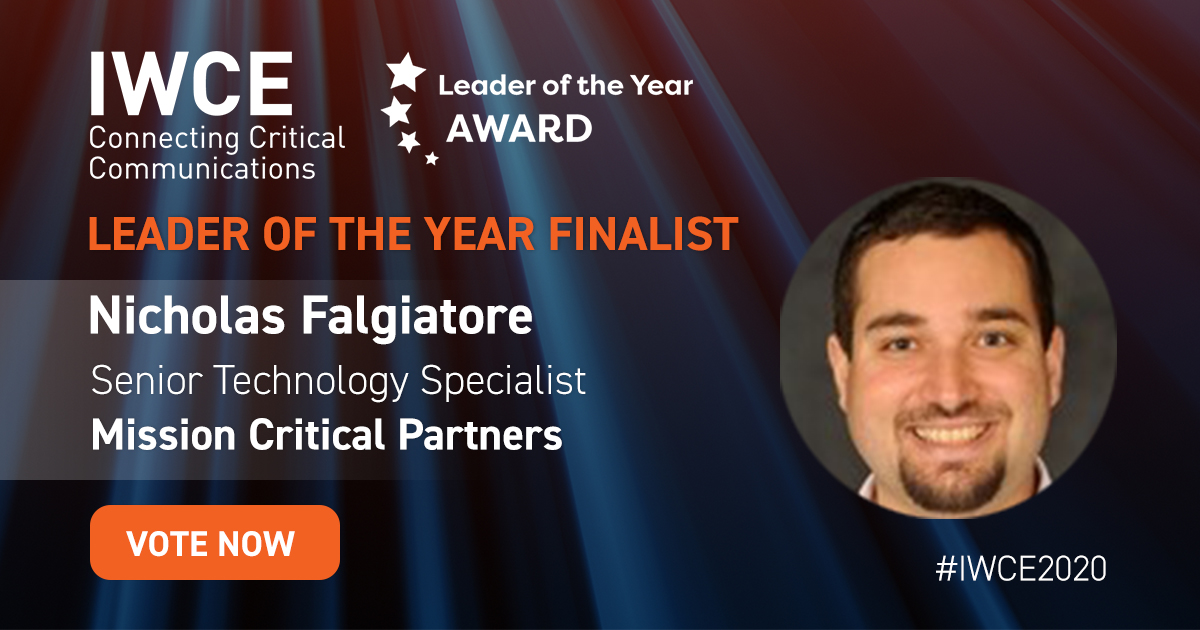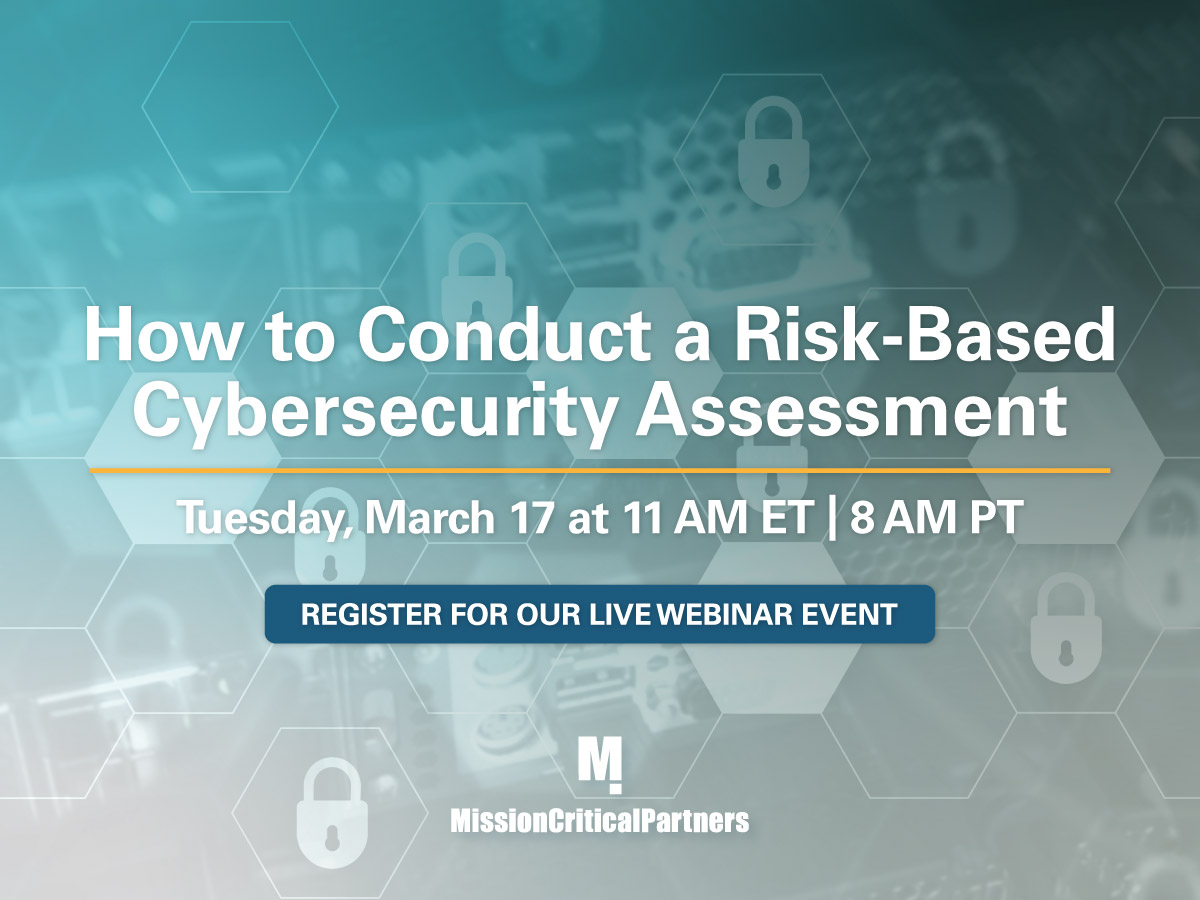One Way To Keep Public Safety Technology Procurements from Derailing
Emergency communications centers need a lot of gear. They need wireless communications systems to communicate with first responders in the field. They need call-handling systems to process 911 calls. They need computer-aided dispatch systems, as well as mapping and automatic vehicle location applications, to dispatch the appropriate emergency response. And those are just the backbone systems. The ECC technology ecosystem that enables effective emergency response is quite expansive.













